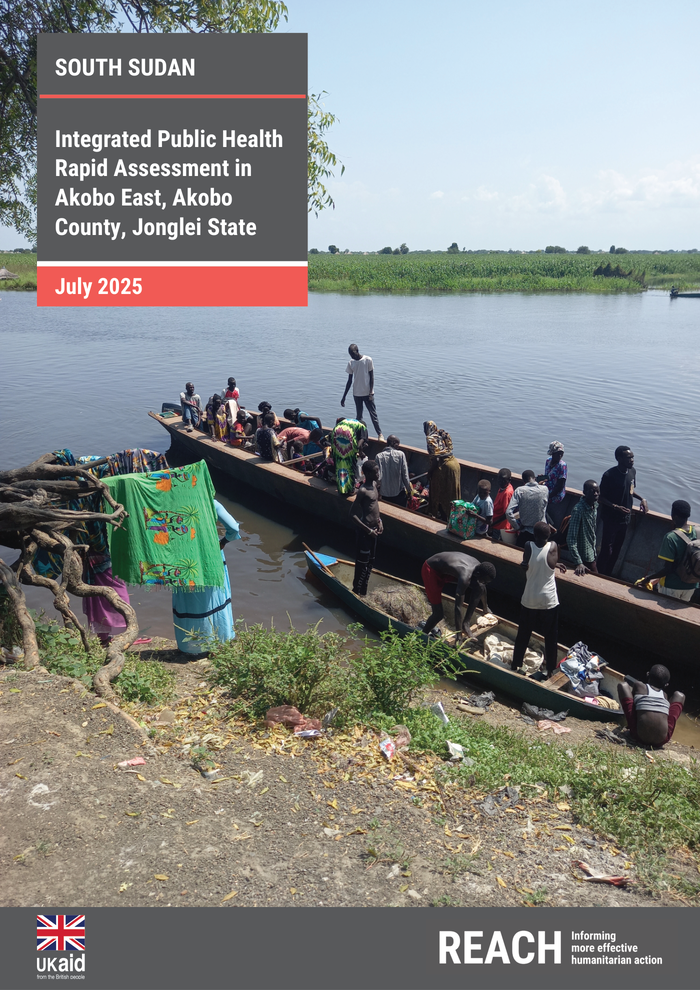Crisis in Akobo County: An Overview of Current Conditions
Introduction to Akobo County
Akobo County, located in the northeastern part of Jonglei State, South Sudan, shares its borders with Nyirol, Uror, Pibor, and Pochalla counties within Jonglei, Ulang County in Upper Nile State to the north, and also touches Ethiopia to the east. This geographic context plays a crucial role in the current humanitarian situation.
Impact of Recent Conflicts
In March 2025, Akobo County witnessed significant population movements due to escalating conflicts in Nasir and Ulang counties. Additionally, many South Sudanese have returned from Ethiopia amid these tensions. Notably, the eastern payams of Bilkey, Dengjok, and Gakdong are now hosting a substantial number of internally displaced persons (IDPs) and returnees. Many in these areas face critical food insecurity and lack basic services, amplifying the existing humanitarian crisis.
Food Insecurity and Malnutrition
Chronic food insecurity remains a pressing concern in Akobo County. Recent analyses revealed that the region was classified as Phase 4 (Emergency) in the April 2025 Integrated Food Security Phase Classification (IPC). The situation is dire, with high rates of malnutrition and limited health and nutrition services. Overstretched resources and logistical challenges hinder timely humanitarian assistance, exacerbating the local crisis.
Recent Assessment Findings
From July 17 to July 27, 2025, a mixed-methods assessment was conducted in three key locations: Markath (Bilkey), Nukta (Dengjok), and Thokwath (Gakdong). This assessment aimed to capture the circumstances of three distinct groups: returnees from Ethiopia and Sudan who arrived within the past 12 months, IDPs from Nasir and Ulang who came since March 2025, and the local host community.
Methodology
The assessment utilized a robust methodology, involving 347 household surveys, 14 key informant interviews (KIIs), and direct observations. Community leaders, participating members, and implementing partners were engaged during the KIIs to gather insights. The household survey employed a two-stage stratified random sampling approach, targeting 110 households per stratum to ensure proportional distribution across sites. While these results offer localized insights, they are not representative of all of Akobo County.
Conclusion
The humanitarian situation in Akobo County is critical, driven by conflicts, significant population movements, and profound food insecurity. Understanding these dynamics is essential for formulating effective interventions and humanitarian responses. As conditions evolve, ongoing assessments will be crucial in addressing the immediate needs of the vulnerable populations in this region.
For more details on humanitarian efforts and support in South Sudan, visit ReliefWeb for the latest updates and resources.
